An Encounter with a UK Panjabi at Harmandir Sahib
Prabhjit Singh
It was a mild day of February when the bite of winter was on the wane, and the signs of a warm spring were budding. I was sitting on the side of the walkway around the Harmandir Sahib (Golden Temple) one afternoon doing seva (voluntary service). Along with a line of other people, I was cleaning steel bowls for water with sva - the ash of burnt wood that organically cleans vessels. I had a forty-five-minute break before my next duty to read path (spiritual lesson) from the Shri Guru Granth Sahib (Sikh scriptures) in the Baba Deep Singh Ji shrine on the walkway around the central shrine. I only do seva (selfless service) where and when it is needed in between my duties. Today I felt it was needed in this corner of the complex to clean the bowls used to satiate the thirst of the variety of people that visit this holy shrine. I put my heart into the service as part of my devotion to God and community (Figure 1).
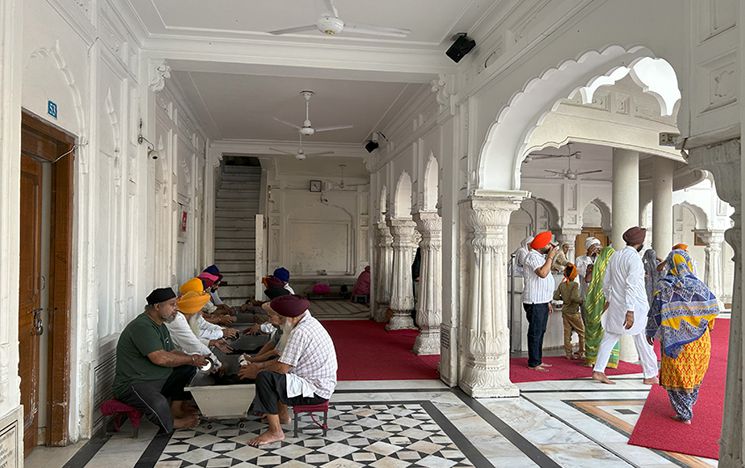
Figure 1: Cleaning bowls at the Golden Temple
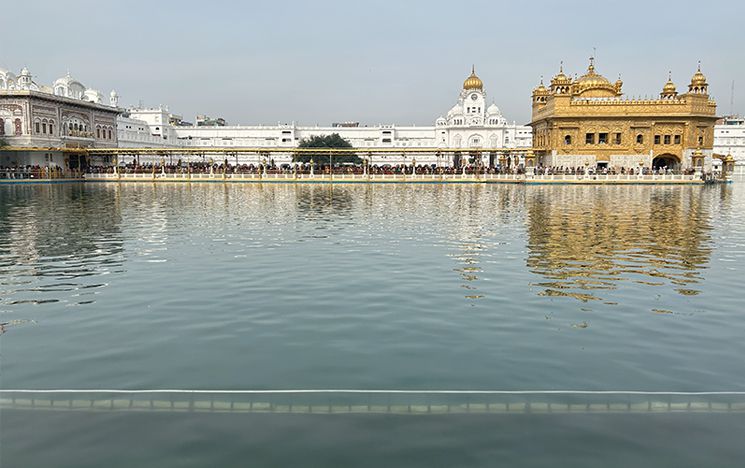
Figure 2: The Golden Temple (aka Harmandir Sahib or Darbar Sahib)
Soulful music was coming from inside the Harmandir Sahib (Golden Temple) that lifted my spirits as I sat and cleaned the bowls (Figure 2). A hazuri ragi – that is, those who are blessed enough to sing from the heart of the Harmandir Sahib – was singing kirtan with the shabad, Tuhi Tuhi. He meandered beautifully in tune to the harmonium, rabab and tabla instruments in raga saarang - a group of notes that flow usually performed in the afternoon to resonate with the atmosphere of the time and season. There was a sweet melody surrounding the holy water of the sarovar, one that also reminded me of my own passion for music and, one day, to perform in this central shrine of Sikhism.
ਸਾਰਗ ਮਹਲਾ ੫ ॥
Saarang, Fifth Mehl:
ਰਸਨਾ ਜਪਤੀ ਤੂਹੀ ਤੂਹੀ
My tongue chants Your Name, Your Name.
ਮਾਤ ਗਰਭ ਤੁਮ ਹੀ ਪ੍ਰਤਿਪਾਲਕ ਮ੍ਰਿਤ ਮੰਡਲ ਇਕ ਤੁਹੀ ॥੧॥ ਰਹਾਉ ॥
In the mother's womb, You sustained me, and in this mortal world, You alone help me. ||1||Pause||
ਤੁਮਹਿ ਪਿਤਾ ਤੁਮ ਹੀ ਫੁਨਿ ਮਾਤਾ ਤੁਮਹਿ ਮੀਤ ਹਿਤ ਭ੍ਰਾਤਾ ॥
You are my Father, and You are my Mother; You are my Loving Friend and Sibling.
ਤੁਮ ਪਰਵਾਰ ਤੁਮਹਿ ਆਧਾਰਾ ਤੁਮਹਿ
ਜੀਅ ਪ੍ਰਾਨਦਾਤਾ ॥੧॥
You are my Family, and You are my Support. You are the Giver of the Breath of Life. ||1||
ਤੁਮਹਿ ਖਜੀਨਾ ਤੁਮਹਿ ਜਰੀਨਾ ਤੁਮ ਹੀ ਮਾਣਿਕ ਲਾਲਾ ॥
You are my Treasure, and You are my Wealth. You are my Gems and Jewels.
ਤੁਮਹਿ ਪਾਰਜਾਤ ਗੁਰ ਤੇ ਪਾਏ ਤਉ ਨਾਨਕ ਭਏ ਨਿਹਾਲਾ ॥੨॥੩੩॥੫੬॥
You are the wish-fulfilling Elysian Tree. Nanak has found You through the Guru, and now he is enraptured. ||2||33||56||
As I listened, enraptured and humming to the tune, a woman in a flowery black Panjabi dress and black leggings appeared in my field of vision. She was slowly wandering to my left looking inquisitively at her feet. I wasn’t sure where she was from because her appearance looked Indian, but her dress and hairstyle looked quite unusual. Initially, I didn't pay much attention to her for there are many people who come to the place every day, each of them looking interesting, but for whom I do not have much time.
When I glanced at her again, I noticed that she was taking photographs on her phone. Usually, people take pictures of the Harmandir Sahib shrine, but this person was taking pictures of the floor. After some time, she was still taking pictures there, so I decided to get up and ask her if she needed any help. I thought she must have lost something.
I approached her and asked, ‘Ma'am, do you need any help, have you lost something?’ She said ‘No thank you. I’m just looking’. ‘For what?’ I asked. ‘A name’, she replied. A little puzzled, I noticed then that she was taking photos of the names written on the white marble around the walkway and sometimes magnifying the image to read the inscriptions (Figure 3).
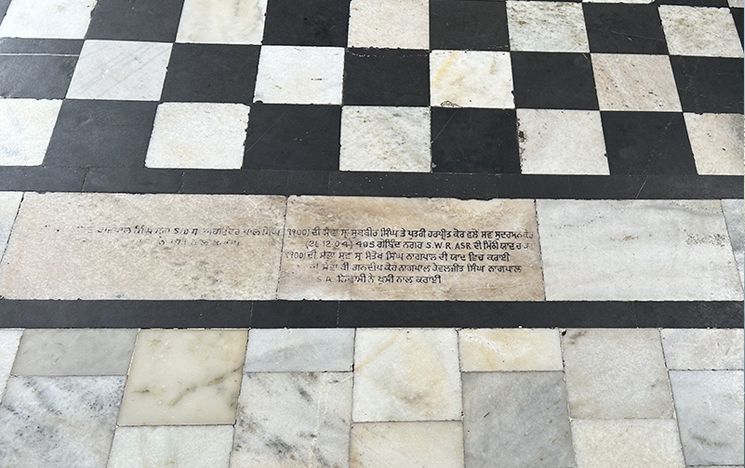
Figure 3: Inscriptions on the marble walkway (parkrama)
She explained, ‘I’m looking for a friend’s relatives’ name’. ‘What’s the name?’, I asked. ‘Roop Kaur, and she’s from Birmingham’ (name changed). I decided to join her and look for Roop Kaur on the marble floor with her. To be honest, there were thousands of names on the marble, and finding one name among them would be like finding a needle in a haystack. Still, I joined in thinking this also is a kind of seva.
When we talked, I came to know that she has a friend whose family had donated something for the building work in Harmandir Sahib complex after 1984 when the Akal Takht Sahib was rebuilt after it was stormed by the (para)military in Operation Bluestar backed by the Indian government. She was looking for her friend's family name from those white marble for the last two days. ‘They had forgotten where they placed it and the person who would know - the daughter of Roop Kaur - now has dementia so could not be relied upon for her memory’.
From her accent I could tell that she too was from England as I had encountered many people from there and sometimes talk to the White people for the sheer pleasure of talking in English. Panjabis in England tend only to speak their mother tongue at the Golden Temple, and I leave them alone to do their worship.
Anyway, I decided to speak in English with this woman. To my surprise, I learnt that she could read the Panjabi in Gurmukhi inscriptions on the marble. So, I began to speak in Panjabi. I wanted to know more about her life, whether she had been to other gurdwara (Sikh places of worship), and whether she had been to the Wagah border between India and Pakistan. She said, ‘Yes, I have visited other gurdwara but not so much on this occasion. And I have also visited the Wagah border, and think it stinks!’ I asked her, ‘Why was that – the ceremony at Wagah border is very entertaining’. Her response - ‘It is getting too nationalistic there. Like a spectator sport, and they keep taunting each other. I do not like that. It’s not about peace. It’s like a war. This place is about peace.’
She had a point.
I asked her, ‘What do you feel when you came to the Harmandir Sahib?’ Her eyes lit up when she spoke. Rather than responding in two or three lines - which is what most foreigners do when I have the occasion to talk to them - she gave me a paragraph:
‘The Harmandir Sahib is a very beautiful place for me. Especially for those who are introspective. This place provides a lot of peace of mind. It fulfils the needs of any traveller. Its beautiful building and carvings are soothing to the eyes. Also, if they sing music in the name of God in medieval Panjabi, I do not fully understand it, but still it is pleasing to my heart. It is considered a pilgrimage place for Sikhs of the whole world, but I think it is a pilgrimage site for the people of the whole world. It is a gift to the world by the Sikh Gurus and Mian Mir [a Sufi who is reputed to have laid the foundation stone with the fifth guru, Guru Arjan Dev]. Everyone is equal and the atmosphere is very beautiful. When you walk around its sacred tank or sit and look at its gorgeous building, it seems as if it is floating in water….It provides twenty-four hours free food and you can even sleep here for free. It’s one of few places in India where I could sleep out in the open all night. In fact, I did sleep there once inside the Golden Temple, by sitting reclining against the walls one night…until the cleaners came and woke me up.’
Then her eyes fell on a stone near her feet where Roop Kaur was written. She got excited but this was Roop Kaur from another place - Willenhall. Still, she took a photo of it as if it was the next best thing.
We had slowly walked around the parkrama (circumambulatory walkway), peering down at the floor and the sides of the pillars and walls, drawing more curious onlookers to our strange mission.
As we walked and talked, we reached the striking shrine of Baba Deep Singh Ji (Figure 4). It was on the first floor with a painting of the brave and wise man holding a sword in one hand, and his head in the other as he ran to his beloved Golden Temple after he had made a vow to die there during a battle to protect it. On the ground floor, large crowd of people bundled around the donation box (golak) to make their donations in rupee notes as they bowed down in worship.
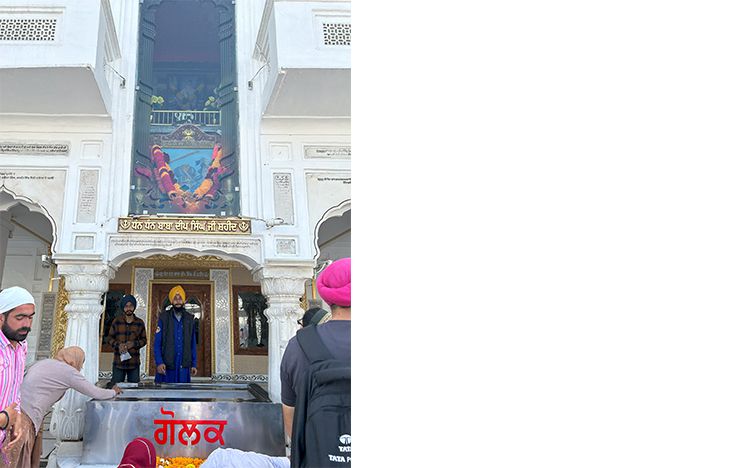
Figure 4: Baba Deep Singh Ji shrine around the Golden Temple
I bowed down in front of the shrine, and she also nodded her head towards the shrine in respect. When we walked away, she asked me whether I believed that Baba Deep Singh Ji actually ran hundreds of metres from a battlefield to the Harmandir Sahib before he laid down his head and breathed his last. I responded, ‘Yes, because a man who has read so much Gurbani (words of the Guru), who had done so much penance, he accrues a special strength. It is also scientifically possible – for instance, if you look at the tail of a lizard that might have come off from the rest of its body, yet it continues to tick as if it was still alive’.
I felt that she doubted the nature of the martyrdom of Baba Deep Singh Ji so had to bring in the scientific parallel. The account was a little difficult for her to appreciate. Her compromise was that Baba Deep Singh Ji was struck by a sword on the side of his neck. He then held this neck and ran fighting with his sword to the place where he could see the Harmandir Sahib where he lay down to die as he had promised. I thought that this woman’s outlook was too scientific. From the thousands of people that continuously bow down in front of Baba Deep Singh Ji, it was clear that in this place she was in the minority. Many give large donations to the shrine so as to be blessed by even a fraction of the physical and spiritual strengths embodied in Baba Deep Singh Ji.
Then we went further where another water service was provided in the next corner. I went up to get some water and she refused it, saying that she would stick to her bottled water. ‘Nothing will happen – it is filtered’, I emphasised. Still, she was not convinced and asked, ‘Would you drink the water in the sarovar?’ I responded that I would. She was surprised, adding that she could not. I wondered why and explained, ‘It is blessed by spiritual verses cleansing it. It is not water, it is amrit – sacred nectar of God. Bani (verse) have an effect on pani (water). We can take this amrit inside of us.’ Her look was one of ‘whatever’ and we moved on.
We walked towards the Akal Takht Sahib opposite the packed queues lined up to go onto the walkway leading to the Harmandir Sahib. She seemed to know about the difference between Akal Takht Sahib and Harmandir Sahib, the throne of spiritual authority (piri) and the throne of temporal authority (miri) respectively (Figure 5). I was very happy that someone born, bred and living so far away in England had such knowledge.
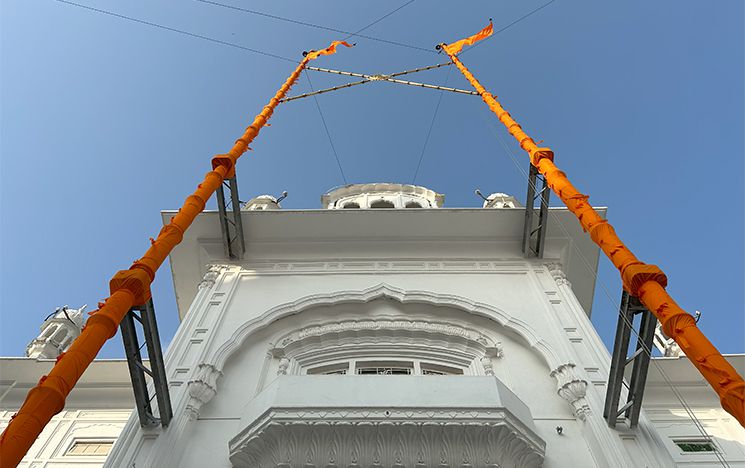
Figure 5: Miri and piri flags (Nishan Sahib) at the entrance to the Harmandir Sahib complex
A Dhadhi Jatha was performing their folk songs on brave deeds of past Sikhs in front of the Akal Takht Sahib. (Video Clip 1) Their raucous acoustic realm was separated from the speakers channelling the melodious sounds of the kirtan (devotional songs), from the Harmandir Sahib so as they provided a different kind of experience altogether.
Dhadi Jatha, an ensemble of Panjabi ballad-singers, perform outside the Akal Takht Sahib in the Harmandir Sahib complex, Amritsar
- Video transcript
Music playing
We listened to the striking singing interspersed with distinctive dadh sounds. It was clear that she was a lover of music as she was very absorbed in the lyrics and music. She went up to the singers and deposited a five hundred rupee (approximately £5) note in the bag in front. It was interesting that she did not do anything of the kind in front of the Baba Deep Singh Ji shrine, only here, probably because she wanted to directly support musicians like the ones who were performing.
After a while listening to the group, I asked her, ‘Have you seen the special event in the morning when Sri Guru Granth Sahib ji comes from the Akal Takht Sahib to Harmandir Sahib for parvesh (entry). At that point, a nagara (large drum) and narasingha (circular trumpet) are played as if to wake everyone up as Sri Guru Granth Sahib is woken up’.
She said, ’That sounds wonderful. I’ll come to it. What time do they do it?’. I said, ‘You’ll have to arrive here at 4 am’. ‘Oh oh,’ and she did not look too interested. I added that I will be there in the morning and can accompany her inside the Harmandir Sahib shrine. At that point, I gave her my phone number that she accepted half-heartedly as she typed it into her phone.
Then she departed. With her phone in her hand and continuing to take photos of the floor, she climbed up the steps to leave the holy complex towards the shoe house (jora ghar). I thought, ‘What a peculiar woman’, and wondered whether she would in fact wake up and return for the morning service.
Until the next morning…
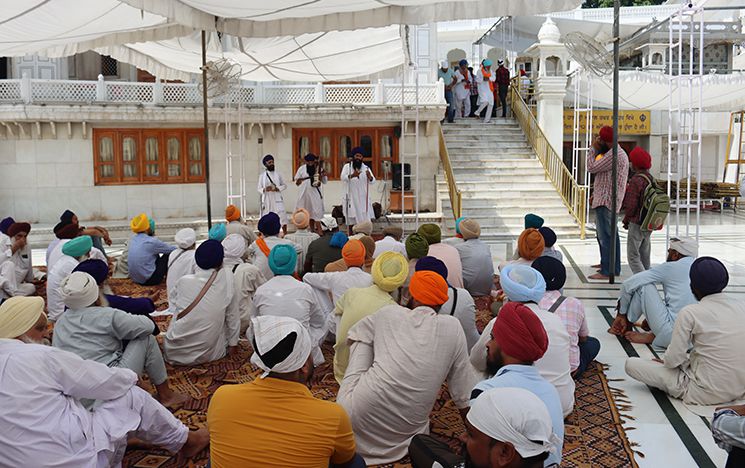
Figure 6: Listening to Dhadhi Jatha in front of the Akal Takht Sahib